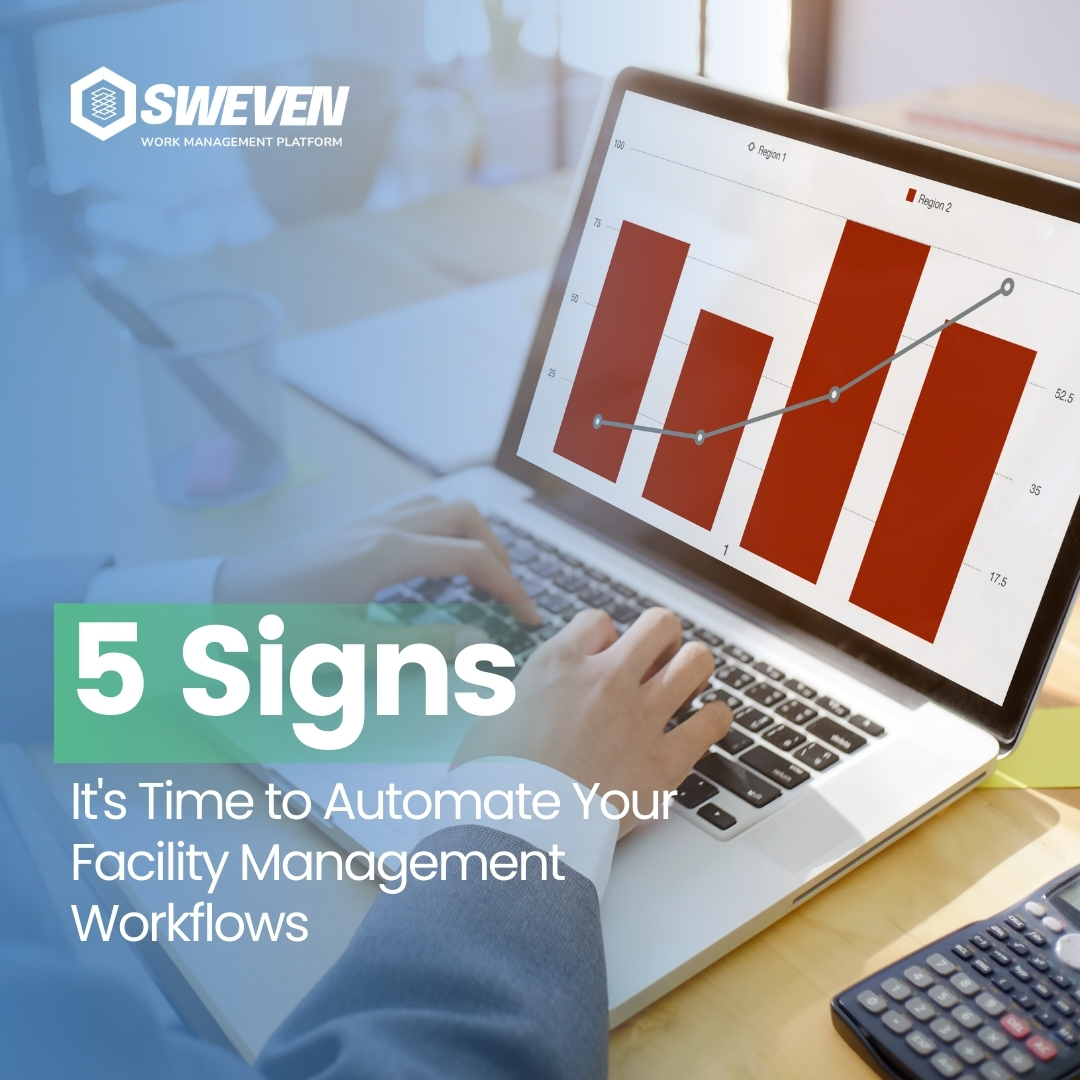Introduction:
In the realm of facilities maintenance, the emergence of aggregators has introduced new avenues for streamlining processes, reducing costs, and enhancing efficiency. These platforms consolidate services from multiple vendors, offering facility managers a centralized solution for managing maintenance needs. While the potential benefits of aggregators are significant, they also come with challenges that need to be addressed to fully realize their potential. In this blog post, we’ll delve into the role of aggregators in facilities maintenance, the challenges they face, and strategies for unlocking their full potential.

The Role of Aggregators in Facilities Maintenance:
Aggregators act as intermediaries between facility managers and a network of vendors, providing a centralized platform for accessing various maintenance services. Their key functions include:
Centralized Access: Aggregators offer a single point of access to a wide range of maintenance services, simplifying vendor selection and procurement processes for facility managers.
Streamlined Operations: By standardizing procedures and automating workflows, aggregators streamline maintenance operations, leading to increased efficiency and reduced administrative burden.
Cost Efficiency: Leveraging economies of scale, aggregators negotiate favorable terms with vendors, enabling cost savings for facility managers through bulk discounts and competitive pricing.

Quality Assurance: Aggregators vet vendors and monitor their performance to ensure service quality and reliability, providing peace of mind to facility managers.
Challenges Faced by Aggregators:
Despite their potential benefits, aggregators encounter several challenges in the facilities maintenance landscape:
Vendor Management Complexity: Managing relationships with a diverse array of vendors can be complex, requiring robust onboarding processes, performance monitoring, and communication channels.
Service Standardization: Ensuring consistency in service delivery across different vendors poses a challenge, particularly in maintaining quality and adherence to standards.
Data Security Concerns: Aggregators handle sensitive information related to maintenance activities, raising concerns about data security, privacy, and compliance with regulations.
Trust and Credibility: Building trust and credibility with both facility managers and vendors is essential for the success of aggregators, requiring transparent communication and reliability in service delivery.
Market Competition: Aggregators face competition from traditional procurement channels and other aggregator platforms, necessitating differentiation and value proposition.
Strategies for Unlocking Aggregators’ Potential:
To overcome these challenges and unlock the full potential of aggregators in facilities maintenance, consider the following strategies:
Robust Vendor Management: Implement rigorous vendor screening, onboarding, and performance evaluation processes to ensure quality and reliability in service delivery.
Standardized Processes: Establish standardized procedures and service level agreements (SLAs) to maintain consistency and quality across vendors.
Data Security Measures: Implement robust data security protocols and compliance frameworks to protect sensitive information and ensure regulatory compliance.
Transparent Communication: Foster transparent communication channels between all stakeholders to build trust and accountability in the aggregator platform.
Continuous Improvement: Solicit feedback from facility managers and vendors to identify areas for improvement and innovation, driving continuous enhancement of the aggregator platform.
Differentiation Strategies: Differentiate the aggregator platform through unique value propositions such as specialized services, industry expertise, or technology integration.

Conclusion:
Aggregators hold immense potential for transforming facilities maintenance by offering centralized access to services, streamlining operations, and driving cost efficiencies. However, addressing challenges such as vendor management complexity, service standardization, data security concerns, and market competition is crucial to realizing this potential. By implementing strategies for robust vendor management, standardized processes, data security measures, transparent communication, continuous improvement, and differentiation, aggregators can overcome challenges and emerge as indispensable partners in the facilities maintenance ecosystem. With a focus on addressing challenges and seizing opportunities, aggregators can unlock their full potential and deliver significant value to facility managers and vendors alike.

























